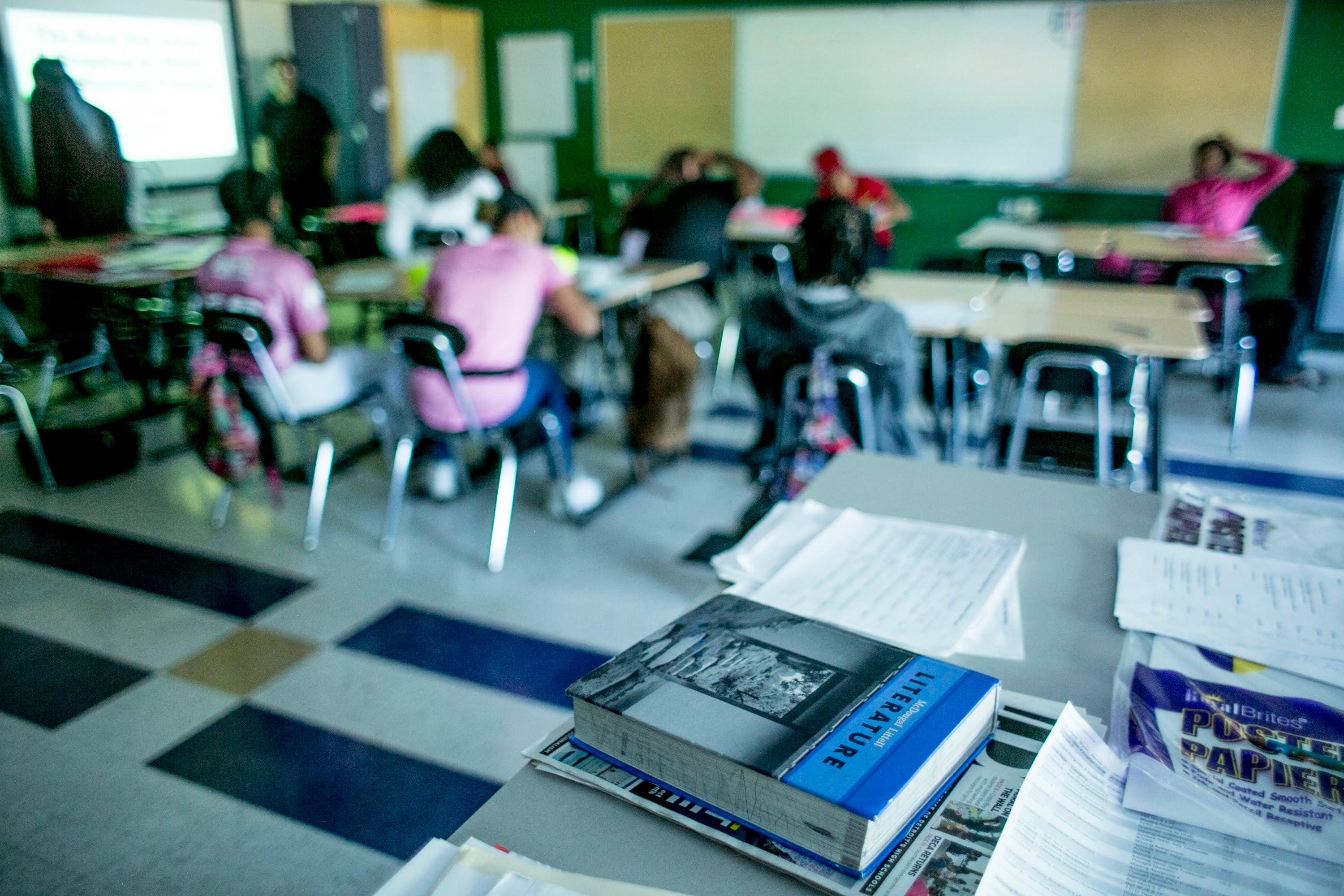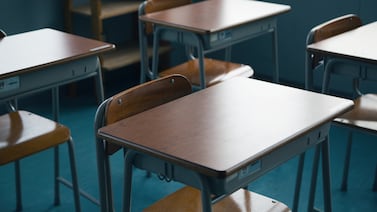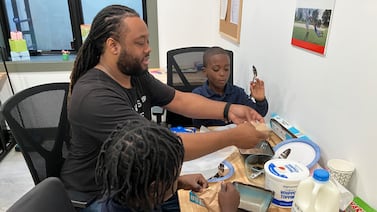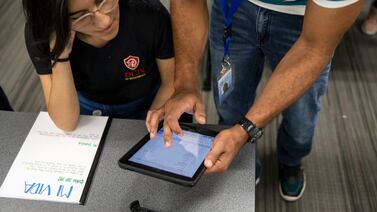Michigan students are returning to the public school system after a sharp drop in enrollment during the pandemic — but it’s not clear whether or when schools will ever get back to pre-pandemic headcounts.
That’s the upshot of a presentation given to the Michigan Board of Education on Tuesday by some of the state’s top education data officials. It will come as welcome news to Michigan educators, who have been warning since early in the pandemic that students displaced by building closures and the shift to remote schooling were missing out on critical education experiences.
The enrollment figures also have major financial implications for public schools, because the state distributes funding to districts on a per pupil basis.
Michigan has roughly 1.4 million public school students in grades preK-12. The state’s rolls grew by 5,800 students this school year, after shrinking by roughly 62,000 students in the first year of the pandemic.
Michigan’s population has been declining for more than a decade, a trend mirrored in school enrollment, which fell by 0.8% annually during that period.
The presentation came from the Michigan’s Center for Educational Performance and Information, a state agency that collects and reports education data. Here are some of the key takeaways:
The return of home-schoolers and private school students
During the first year of the pandemic, when many or all Michigan public school students were learning online or remotely, nearly 20,000 students left public schools for private schools or home schooling, more than three times as many as in previous years.
But now that schools statewide have returned to in-person instruction, signs point to fewer departures — and more students returning.
In 2021, fewer than 10,000 students left Michigan public schools for home-schooling or private schools. That’s a sharp decrease from the previous year, though still higher than pre-pandemic norms.
What’s more, students who left in 2020 seem to be returning in greater numbers than in the past.
“Very early analysis suggests that students who exited to non-public and home school in 2020 may be returning at a higher rate than similar exiters in 2018,” said Lauren Paluta, PK-12 Data Manager for CEPI.
Just over 40% have come back since 2020, she said, compared with fewer than 25% before the pandemic.
Home-schooling figures in Michigan may not be precise, since parents don’t have to notify their school if they decide to homeschool their kids.
Young children’s enrollment saw the biggest decline — and the biggest rebound
Preschool and kindergarten enrollment fell very sharply in 2020 as many parents opted to wait before starting their young children in school amid the pandemic. The 33.1% decline in preschool student enrollment — from 47,614 to 31,853 — was larger than any other grade.
This year, though, preschool enrollment rose to 43,470, a 36.5% increase, though still short of pre-pandemic levels.
Kindergarten enrollment also rebounded sharply to roughly 114,744, a 7.7% increase; a year earlier, it had fallen 11.3% to 106,539 from 120,133 in 2019.
Full-time virtual schools expanded sharply
Schools that offer all of their classes online have grown by more than 12,000 students, or 72%, since fall 2019.
The enrollment increase was fastest during the first year of the pandemic, then slowed down this year.
Fully virtual schools, which may be run by a charter school or a traditional school district, now account for about 2.1% of the state’s enrollment, up from 1.2% in 2019.
Koby Levin is a reporter for Chalkbeat Detroit covering K-12 schools and early childhood education. Contact Koby at klevin@chalkbeat.org.







